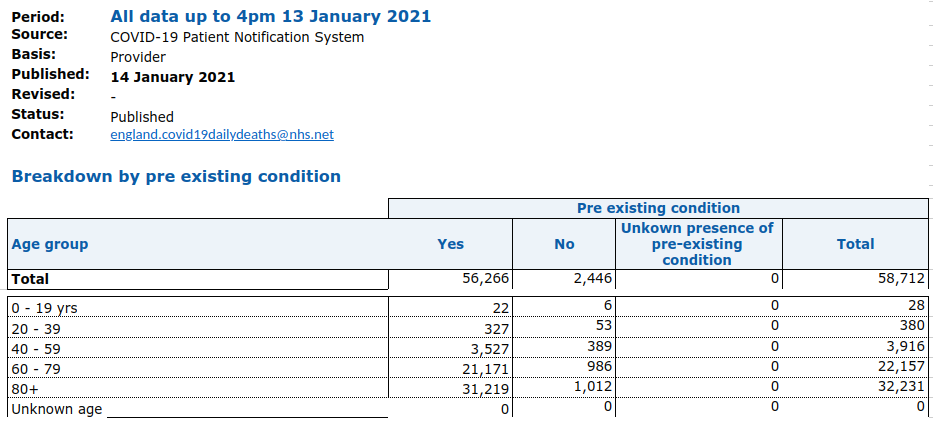on re-establishing a gold standard
This essay has been a long time coming, as my thoughts on how to implement have changed as the price of gold and silver have climbed and inflation has bit since the pandemic. It will briefly summarise my thoughts on the desirability of a gold standard, and then describe a practical plan for doing so. It is focused on the UK but other countries could adopt a similar plan, and based on current (August 2024) gold prices.
Humans have used various forms of currency since the dawn of time. Gold and silver coins have been used since Lydia minted their Stater. Dominic Frisby has written extensively on the history of the Gold Standard, house prices and wages in gold, and its industrial uses so I'm not going to recount them here, merely add that I've been reading about this topic since Detlev Schlichter's Paper Money Collapse came out 10 years ago. Since my early teens, I've also been interested in coins and money, bringing coins back from foreign trips and collecting bullion and base metal coins. The main arguments for restoring commodity money are that it provides a ready store of value and protects against inflation and Hyperinflation (more arguments for and against can be read here)
Occasionally you see articles lamenting the death of the classical gold standard but few concrete plans for how to reestablish one. So how do we get from here to there? There has been so much inflation that even the smallest gold coins (less than 1 gram) are worth around £100. To me, the only way to do so would be to carry out a redenomination as done by Turkey in 2005 or a number of times by Argentina. Depending on whether gold or silver is chosen to back the currency, the minimum reduction would be by a factor of 10. A future post will look at a silver standard, but the rest of this post will look at just gold. This would involve a lot of planning similar to Decimal Day in 1971
Given the price of gold at the moment (approx £2000 an ounce), I have chosen a redenomination factor of 20 (£20 old = £1 new). This cancels out the last 60 years of inflation (According to Inflation Tool's calcination, £1 in 1964 is worth £20.77 in 2024). It would also restore the pound to being a significant unit of value
To give a few examples of how this would play out, the average wage would go from approx £35,000 to £ 1750, the average house price would go from £285,000 to £14250 (about what my parents paid for theirs in the late 70's), and a new car would go from £22,000 to £1100.
This would mean a 1 oz gold Britannia (current price £1,994.83) would have a value of approximately £100, the face value of the coin. The new pound could then be pegged to gold at this rate. Gold coins minted down to 1/10th of an ounce (£10) would back up deposits and may be used occasionally for large purchases, with everyday transactions carried out electronically or with paper and base coins. Foreign 1oz and fractional gold coins could also be exchanged for pounds, and used in international trade). The following table shows the conversion rates and values of these gold pounds:
This table summarises the two different options
Finally, this table summarises the full range of coins and notes int he new system:
Interestingly while researching this I found out Zimbabwe reintroduced a gold back currency in April of this year, so it could be done in a 21st century country. Ideally, we'd not want to go through Zimbabwe's history of hyperinflation and currency collapse. Doing so now is a chance to avert this, and would help arrest the inflation we are currently going through. I'd hope to see people promoting this as a viable plan but we will have to see.





Comments
Post a Comment